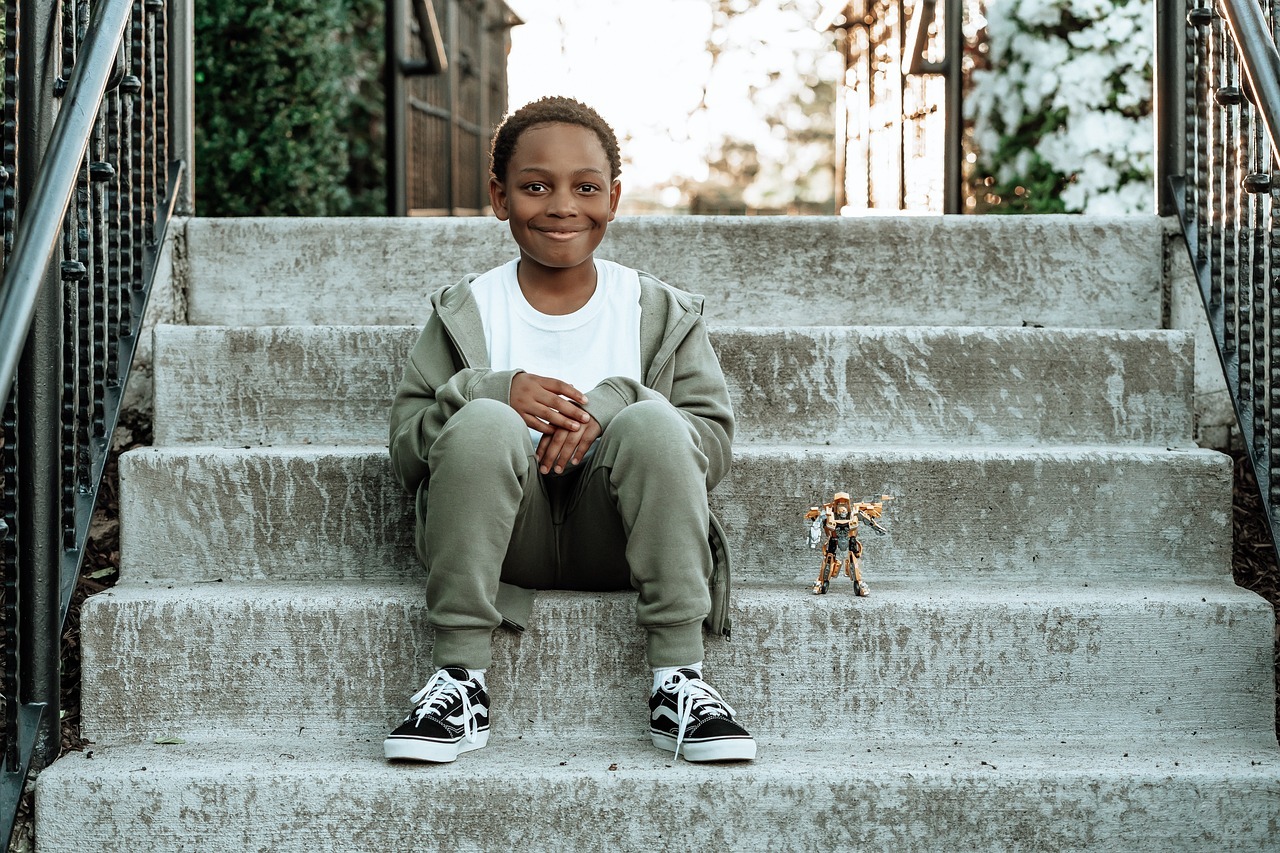What comes to mind when you hear the words “hybrid learning models?” Does it spark excitement or perhaps some hesitation? A bit of both – a hybrid of emotions – perhaps? If the experience of lockdowns and homeschooling across 2020 and 2021 taught us anything, it’s that educators and children are well-versed in the idea of learning in a variety of different ways.
Hybrid learning integrates digital tools and hands-on, off-screen activities in a seamless way that empowers educators to cater to multiple learning styles.. It is not limited to interactive boards or virtual and augmented reality; it also includes adaptive learning software and AI-driven content that places a strong emphasis on facilitating independent learning opportunities.
Hybrid models give learning an additional sensory dimension that supports students’ ability to grasp concepts and knowledge. It considers the many and varied ways in which students learn, thus is effective in being accessible and improving outcomes. And with platforms like Kneoworld, educators have access to flexible, different resources designed to fit curricular needs while allowing smooth transition between lesson plans and activities
Read more about facilitation versus teaching here.
Children’s outcomes transformed via flexibility
Experts believe that education is embarking on a transformative journey that will be groundbreaking and life changing. Hybrid learning models will revolutionize how children, educators, and families interact with education. THese models are expected to have lasting impact, empowering children with self-esteem and confidence necessary to make positive contributions to society.
KneoWorld is heralding this by providing flexible resources for teachers to use in ways that are only limited by the scope of their imagination. They have been developed with differentiated learning at the forefront using a Universal Design for Learning model, to not only fit curricular needs and timeframes, but to allow movement between units and tasks as appropriate.
This adaptability extends to the platform’s single sign-on feature for use on multiple devices. Minimizing the barriers to accessibility enables students to use it in class individually, as a group or at home.
KneoWorld’s hybrid learning model as an inclusive approach
KneoWorld adopts a hybrid approach with their blended learning model which offers scenario-based experiences. Online stories, lesson plans and teacher guides help facilitate students’ online and offline immersive activities. These are supported by real-time easily accessible data to monitor and reflect upon their progression.
Other key benefits include,
- Lesson plans and teachers’ guides are suitable for all educators. Newer educators can lean on them for planning while those more experienced can take elements that are relevant.
- Curriculum and state-standard aligned.
- Aligned with the National Education Policy 2023 to bridge gaps in accessibility and inclusion.
- Remote access, allows KneoWorld to support learners regardless of their location, whether they are in remote areas or participating in virtual learning environments.
Providing and facilitating education through a range of methodologies is imperative to support the evolving needs of learners. Teachers can do this by engaging with innovative platforms like KneoWorld to improve the educational, social and emotional outcomes for their students.
Read more about how you can meet and exceed students’ learning outcomes here.


